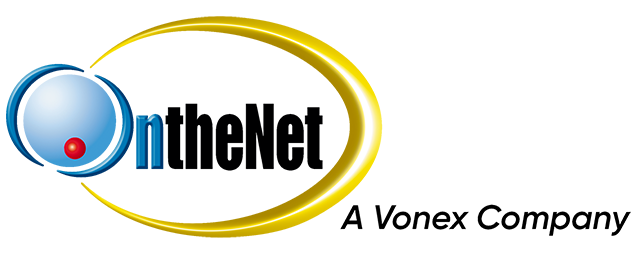This is a brief high-level overview of the delivery process for Business Phone and Hosted PBX services. Please contact our Sales Team if you have any questions about the process or your specific requirements.
- Order Submitted
- The customer places an order specifying handset type and quantities, phone number preferences, contract term etc.
- Requirements Confirmed
- OntheNet reviews the order and contacts the customer within 2-5 business days to check if any variations are required to the Business Phone or Hosted PBX base call flow templates.
- PBX and Handset Configuration
- The PBX is configured and OntheNet supplied handsets (if applicable) are set up ready for installation by the customer.
- This is usually completed within 5-10 business days of the customer confirming their requirements.
- If applicable, OntheNet supplied handsets are then shipped to the customer with user guides, or they can be collected.
- Billing of the service commences at this point.
- Installation and Testing
- The customer installs the handsets at their premises, connects them to their data network and tests handset functions and PBX call flow using new or interim phone numbers supplied by OntheNet.
- This step may require the customer to engage external IT providers who manage their network/firewall.
- If changes to the PBX/call flow are required the customer must contact the OntheNet Operations Team.
- At this point the customer can enable Fax to Email via Toolbox if required.
- Please refer to the installation checklist below for more information.
- Number Porting (if required)
- Number porting does not begin until the customer has successfully tested the PBX to confirm it meets their requirements. It can take 6-8 weeks for porting to complete, sometimes longer.
- Once the service has been successfully tested the customer needs to ask their current phone provider to forward their number/s to the interim phone number/s supplied by OntheNet (also known as Exchange Based Diversion). Once this in place the OntheNet PBX service will handle inbound and outbound calls and the likelihood/length of disruption to the customer on the day that number porting takes place will be greatly reduced.
- The customer then submits a Complex Porting Authority Form to OntheNet.
- Once number porting has been completed the original phone system/voice services that are no longer required can be removed/cancelled or permanently replaced by an Exchange Based Diversion at the customers cost.
Please make sure you have considered the following before installing the handsets.
- Dedicated Bandwidth
- The most common reason for poor quality VoIP conversations is the use of a single Internet connection where the voice traffic has to compete for bandwidth with other applications.
- OntheNet recommends businesses with 3 or more handsets, or heavy internet usage, utilise a separate Internet connection or dedicate a portion of the Internet bandwidth to voice traffic.
- Firewalls
- A common issue when using VoIP handsets on a data network is firewalls blocking access. Please talk to your firewall provider before making network changes or plugging in handsets. OntheNet can provide advice on firewall configuration changes that may be necessary.
- Power for Handsets
- You need to consider how the handsets will be powered. Is there a power point close to where the handset will be used?
- Many customers prefer to use Power over Ethernet (PoE) switches instead of a power adaptor for each handset.
- Please talk to your IT advisor and let OntheNet know if you require power adaptors for OntheNet supplied handsets.
- Exchange Based Diversions (if porting numbers to OntheNet)
- Please check with your existing phone provider regarding any applicable notice periods or costs associated with enabling Exchange Based Diversion.

